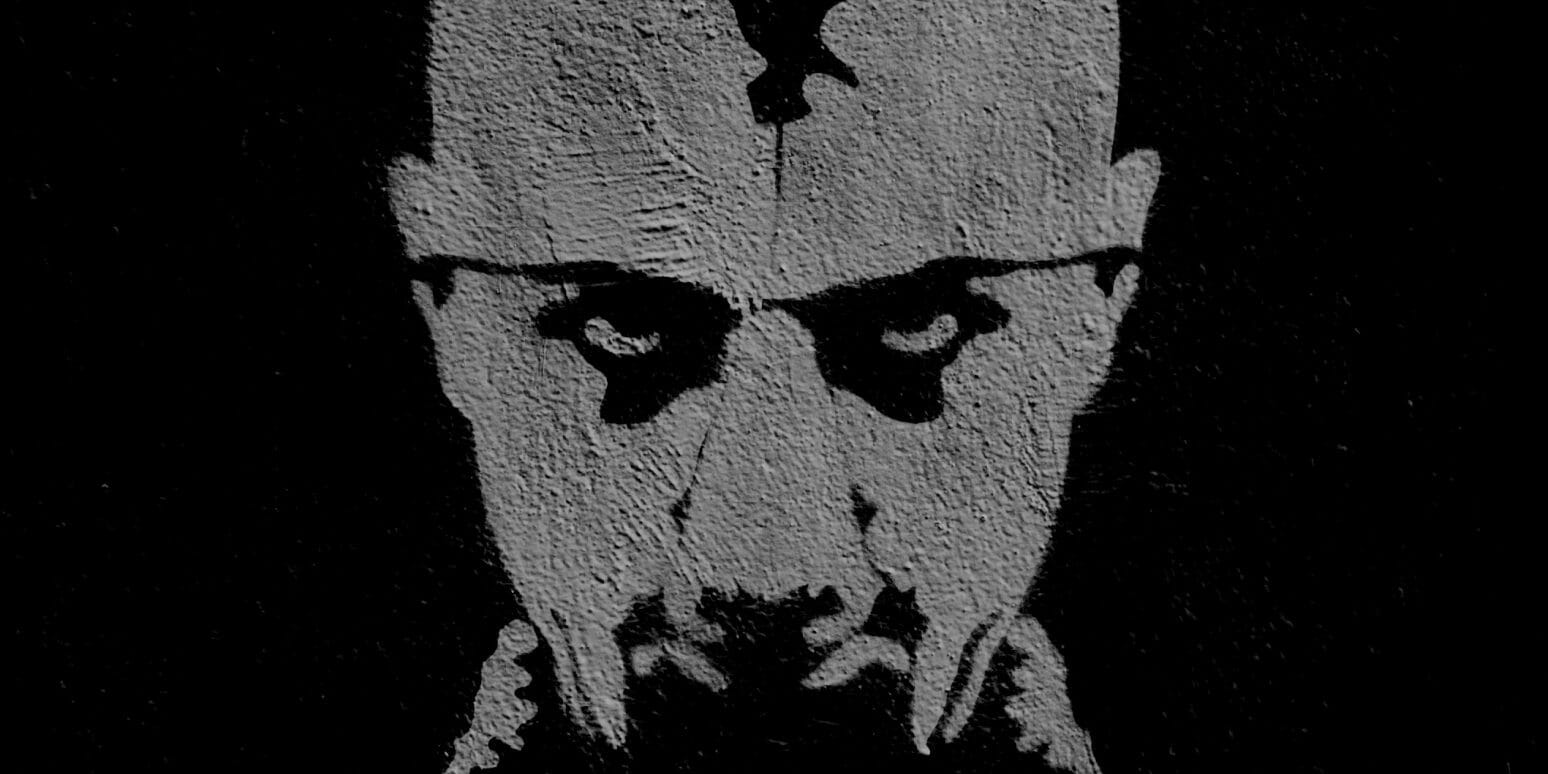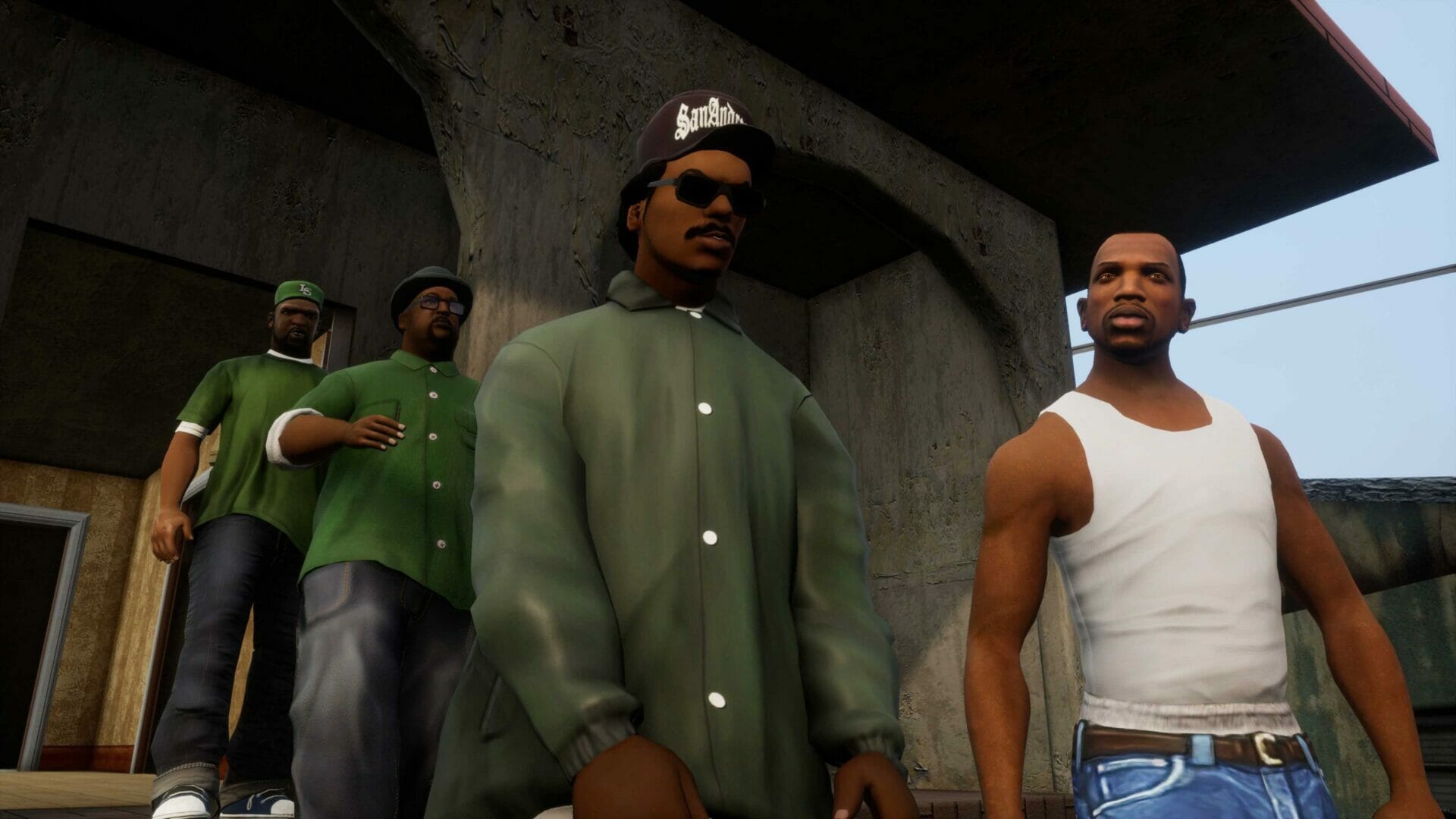
Once Upon a Time in America | A 20th-Century Epic in Mobsters' Shoes
Year
Runtime
Director
Main Cast
Writer
Cinematographer
Production Designer
Music by
Format
Genre
In the history of cinema, there are stories in which the life of the director and the making of the movie are so intertwined that they almost overlap. Such was the case with Once Upon a Time in America (C’era una volta in America), the last work of Italian director Sergio Leone and his cinematic testament. The American theatrical release dates back to February 17, 1984, exactly 40 years ago. The creative process, however, began at least 10 years earlier and involved several scripts, nine months of filming in four different countries, and over 3,000 auditions for more than 100 speaking roles. All this in the pre-digital era, when everything viewers witnessed on screen was physically on the set.
The result is a monumental movie, defined by the director as “a fable for adults,” that tells the story of a group of Jewish gangsters on the streets of New York. With a stellar cast that included Robert De Niro at his best and a debutant Jennifer Connelly, Leone portrayed a slice of the protagonists’ lives from adolescence to old age, interweaving love and abuse, friendship and betrayal. At the same time, he represented the sour coming-of-age of an entire nation, from the illusion of the American Dream to a relapse into its primal vices.
Unfortunately, the road to recognition for his work was a long and arduous one. In the U.S., Once Upon a Time in America was both critically panned and a box office flop, due to the producers’ reckless editing. As a result, it was not nominated for an Academy Award, not even for Ennio Morricone‘s dramatic score. Only time has given the public a more accurate version of what was Leone’s life project, now recognized as a display of filmmaking excellence and a clear look at what America was and what it is today.
- Origins of a Gangster
- A Troubled Creation
- The Representation of Time
- The American Dream Illusion
- Young Noodles’ Sorrows
- Where Art Meets Art
- A Theory
Origins of a Gangster
Summarizing Once Upon a Time in America in a conventional plot is difficult. Perhaps even reductive of its deepest essence, which is primarily philosophical and conceptual. The movie aims to retrace 50 years of American history through the memories of one man, David Aaronson, aka “Noodles,” interspersed in a deliberately non-chronological order along three different timelines. In 1918, young Noodles (Scott Tiler) is a teenager living in abject poverty in the Jewish neighborhood of Manhattan’s Lower East Side. Madly in love with Deborah Gelly (Jennifer Connelly), a young aspiring dancer, he makes ends meet through gimmicks and petty theft orchestrated with a few other corner boys. When Max Bercovicz (Rusty Jacobs) joins them and becomes Noodles’ best friend, the group consolidates into a real gang and begins to gain a foothold in organized crime.
In 1930, the protagonists, now adults, have risen to the status of feared gangsters by circumventing the constraints of Prohibition. However, despite being immersed in luxury, Noodles (now played by Robert De Niro) feels unfulfilled. Deborah (Elizabeth McGovern), who is preparing to debut as a Hollywood star, despises his lifestyle and rejects his advances. Furthermore, his relationship with Max (James Woods) is souring due to their diverging attitudes and ambitions. His friend becomes increasingly greedy for power and reproaches him for his lack of commitment to the criminal business.
In the final time segment, the year is 1968 and Prohibition has been over for thirty-five years. Noodles, now an elderly man, has been away from New York for 30 years and has lost all contact with the former members of the gang. Until he receives an invitation to a party from a shady political figure ready to stir up ghosts from his past.
A Troubled Creation
The movie’s origins lie in the late 1960s when Leone discovered The Hoods (1952), one of the few autobiographies ever written by an ex-gangster. He met author Harry Grey – born Herschel Goldberg – and plunged into his past life as a New York underworld kingpin. For 10 years, Leone devoted himself to the project, which was to be the pinnacle of his career. He even refused to direct The Godfather to pursue his idea, which took on increasingly monumental proportions.
By 1981, the first screenplay was ready: a 300-plus page work by an all-Italian team of screenwriters, the best Leone could surround himself with. After shooting, the total footage amounted to nearly 10 hours, which the director cut down to 6 hours to make it a two-part movie. But producer Arnon Milchan insisted on more cuts. Once Upon a Time in America finally premiered in a 229-minute version at the 1984 Cannes Film Festival, where the viewers greeted it with a prolonged standing ovation.
However, production was still unhappy with the length of the movie, which was released in American theaters at 139 minutes. In addition, all the scenes had been re-edited in chronological order without the director’s consent. The U.S. cut, defined by critic Roger Ebert as “an incomprehensible mess without texture, timing, mood, or sense,” was a flop that caused Leone great grief. The majestic work he had envisioned would never see the light of day. In 2011, however, his sons entrusted the Cineteca di Bologna with a full restoration, funded by Gucci and Martin Scorsese‘s The Film Foundation. After meticulously recovering scrap material from unreleased scenes, the extended director’s cut ran to 251 minutes. It is the most faithful version of Leone’s opus to date if only a hint of what it could have been.
The Representation of Time
Together with Once Upon a Time in the West (1968) and Duck, You Sucker! (1971), Once Upon a Time in America constitutes Leone’s so-called Trilogia del Tempo (literally, “Trilogy of Time”). The importance of time is evident in the narrative structure alone, which relies on continuous flashbacks and flashforwards to penetrate Noodles’ labyrinthine consciousness. The movie begins and ends in 1933, with the protagonist inebriated by opium fumes, in a perfect Ringkomposition. From this liminal scene, the central section unravels the timelines of 1918 and 1968 through memories and dreamlike visions.
The time shifts occur “by means of brilliant cuts that work like magic,” and depend on specific objects and circumstances (e.g., trespassing in the station lobby, an endless phone ring, or a loophole in a bathroom wall). Such a mechanism has inspired many recent products – one for all, the TV show Dark – and recalls the popular madeleine episode of Marcel Proust‘s À la Recherche du Temps Perdu. Indeed, the two works share several characteristics and meanings. The movie represents, after all, Noodles’ search for lost time. The time of his youth, when he still had the chance to choose what he wanted to be. A time, however, that the viewer, like the character himself, experiences only as a memory.
The parallel with Proust is made explicit in one of De Niro’s most famous lines: “I’ve been going to bed early.” A line that echoes the very incipit of the Recherche: “Longtemps, je me suis couché de bonne heure.”
Last but not least, the movie itself takes time. It took years for it to be created and painstakingly brought back to life. Today, it takes time and patience for the viewer to embark on a journey to and through memory.
The American Dream Illusion
Like most of Leone’s filmography, his last movie takes place in America. More than any of his previous works, however, it seeks to encapsulate what, in the director’s vision, is the true essence of this country. An essence that, as he explained in a 1987 interview with Marlaine Glicksman, manifests itself in stark contrasts:
America interests me above all because it is so filled with contradictions, interesting contradictions, which change constantly. […] The world is in America. In Italy is only Italy. France is full of France. Germany is full of Germany. In a continent that contains the entire world, contradictions are, of course, constantly arising.
Sergio Leone
Indeed, Once Upon a Time in America adopts the point of view of immigrants, especially the Jewish community, an angle that would also characterize the 1986 animated movie An American Tail. The purpose of this choice is to question the myth of the American Dream by showing the harsh reality behind the propaganda and commonplaces. The streets of the Jewish ghetto made up of crumbling buildings and overflowing with abandoned humanity, present a hopeless scenario that leaves young Noodles and his friends with no other option than crime and abuse to survive.
In the 1930s, New York became a playground for mobsters. The unrestrained luxury of speakeasies and private lounges is a theatrical backdrop that hides a deeply corrupt city where power is in the hands of a few who maintain it through violence. Indeed, crudeness is a leitmotif in the movie, and not just in terms of the bloody scenes. It permeates the protagonists’ actions and way of being in every aspect, from business affairs to personal and sexual relationships. It is simply the only way these characters know how to approach life and affirm themselves as men.
Young Noodles’ Sorrows
Such a reflection on violence is particularly relevant to the character of Noodles, who is the quintessential gangster in cinema. Robert De Niro was perfectly suited to this type of role, which he played several times before and after his collaboration with Leone – to name just a few, The Godfather Part II (1974), Goodfellas (1990), and The Irishman (2019). Anyway, his interpretation presented some original features that made the movie an exception in its genre.
De Niro portrayed Noodles as an outright anti-hero, a misogynist capable of any atrocity imaginable. The director, for his part, did not spare the audience any of this: as Dom Nero (The Esquire) observed, the movie shows mobsters “for who they truly are: chauvinistic, sociopathic, emotionally splintered plagues to society”. There is no attempt to glorify and romanticize criminal figures. Noodles himself is an ultimately defeated character, who, especially in the final stages, seems depressed and consumed by remorse. Nevertheless, like Pablo Escobar in the TV show Narcos, he also has a human side that emerges from his relationship with two main characters.
The first is with Max, his best friend, with whom he shares his life from misery to outrageous wealth. It is an atypical but intense friendship between two very different men who still understand each other completely, similar to the one presented in The Eight Mountains. Because of these differences, however, they will inevitably drift apart. On the other hand, his love for Deborah is often transformed into carnal desire. It is also an impossible and unfulfilled love since they have chosen opposite and incompatible paths in life. Both Max and Deborah eventually manage to evolve from their previous state. Noodles, on the other hand, has never left the streets in which he grew up, anchored in a lost past and constantly left behind in time.
Where Art Meets Art
Once Upon a Time in America stands out from the average gangster movie not only because of the multifaceted characterization of its protagonists. The solidity of the script is matched by the grandeur of the technical side of filmmaking, done without any digital equipment.
The direction makes use of all the devices that Leone honed in his experience with Spaghetti Westerns. Each shot is meticulously composed and assembled to create an almost painterly appearance and lawlessness. Tonino Delli Colli‘s cinematography supports this impression with a combination of pastel colors and strong contrasts. The extreme close-ups of the characters’ faces, a hallmark of Leone’s style praised by Quentin Tarantino, intensify their expressions and penetrate their inwardness. The frequent use of sequence shots breaks down the wall between the protagonists and the viewers, making them feel part of the action. As the Italian movie encyclopedic dictionary Il Morandini notes, the movie features “spaces that are expanded and transfigured by the camera, which are also sonorous and musical, filled with Morricone’s music and famous motifs” [translated by the author].
The soundtrack, which won a BAFTA and a Los Angeles Film Critics Award, undoubtedly plays a narrative role. When there is no dialog, the music continues to tell the story. Not coincidentally, Ennio Morricone composed the score before filming began so that it could be played on the set to enhance the atmosphere. The original tracks – mixed with a masterful selection of covers, including The Beatles‘ Yesterday and George Gershwin‘s Summertime – follow each other seamlessly, in perfect symbiosis with the development of the plot. The track Poverty describes the humble origins of the main characters. The pan flute of Cockeye’s Song accompanies the most tense scenes, while Deborah’s Theme plays during the romantic moments. Finally, the main theme somehow sums up all these moods to evoke a melancholic and oniric tone.
A Theory
So is that it? Not quite. For his most beloved and challenging creation, Leone wanted to go the extra mile and leave viewers with something to discuss and ponder for decades to come. Indeed, after watching the movie, viewers are likely to have several questions about the overall meaning of the movie. One popular interpretation is worth mentioning, but beware: its explanation contains spoilers!
The key is in the 1933 scene, which shows Noodles in an opium den, reckoning with the death of his buddies in a run-in with the police. He is burning with remorse: in fact, he was the one who called the cops, trying to save Max from a suicide mission. Curiously, Leone chose this scene to both open and close the movie. In the final frame before the credits roll, De Niro looks directly into the camera, a mysterious smile stretching across his face. This ending could suggest that the entire timeline of the 1960s takes place only in Noodles’ mind, as a vivid opium hallucination. Leone himself advocated this interpretation:
In my vision, Noodles never left 1930. He dreamed his future through opium, the only drug that gives completely new visions.
Sergio Leone meets with students at Rome’s Centro Sperimentale di Cinematografia, 1988 [translated by the author]
This theory would explain the movie’s peculiar editing, which desperately scrolls through shuffled bits of time as only an altered mind could. It might also shed light on the ambiguous epilogue of Max, who, as old Noodles learns, faked his death to become Senator Bailey and avenge his friend’s betrayal in the worst possible way. Is this resurrection a ruse devised by Noodles’ subconscious to atone for his guilt and heal his pain? Whatever the answer, the open-ended finale only adds depth and flair to Sergio Leone’s testament, making it an unmissable piece of cinema after 40 years of troubled history.
Tag
Buy a ☕ for Hypercritic










